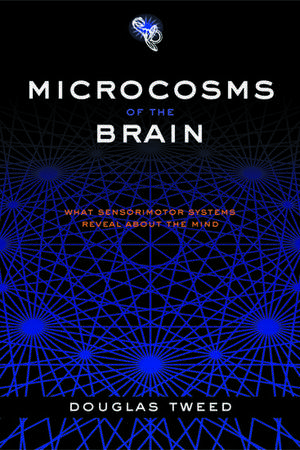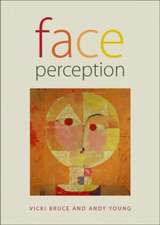Microcosms of the Brain: What sensorimotor systems reveal about the mind
Douglas Tweeden Limba Engleză Paperback – 9 oct 2003
Preț: 415.54 lei
Preț vechi: 608.00 lei
-32% Nou
Puncte Express: 623
Preț estimativ în valută:
79.51€ • 83.02$ • 65.81£
79.51€ • 83.02$ • 65.81£
Carte tipărită la comandă
Livrare economică 24-31 martie
Preluare comenzi: 021 569.72.76
Specificații
ISBN-13: 9780198528937
ISBN-10: 0198528930
Pagini: 206
Ilustrații: numerous line drawings
Dimensiuni: 156 x 233 x 12 mm
Greutate: 0.3 kg
Editura: OUP OXFORD
Colecția OUP Oxford
Locul publicării:Oxford, United Kingdom
ISBN-10: 0198528930
Pagini: 206
Ilustrații: numerous line drawings
Dimensiuni: 156 x 233 x 12 mm
Greutate: 0.3 kg
Editura: OUP OXFORD
Colecția OUP Oxford
Locul publicării:Oxford, United Kingdom
Recenzii
Microcosms is a fascinating account of human sensor-motor coordination, with implications on the much larger question of how brains work. The brain is considered in its evolutionary role of helping us cope with the world. The book uses human vision to illustrate problems that the brain encounters and must solve. Ideas that are fundamentally mathematical are made accessible to a wide audience. Insightful, informative, and thought-provoking, sprinkled with subtle humor, the book can be appreciated and enjoyed by readers interested in cognition, perception, neuroscience, and understanding brains.













